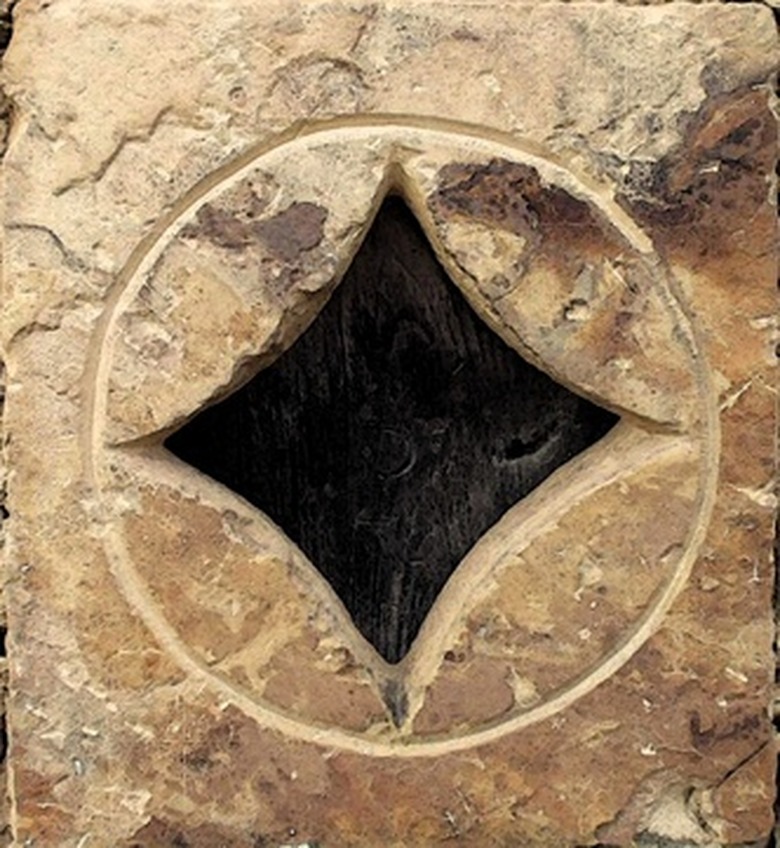The Area Of An Inscribed Square
A typical geometrical problem is determining the area of a square inscribed inside a circle when the length of the circle's diameter is known. The diameter is a line through the center of the circle that cuts the circle into two equal parts.
Definition
Definition
A square is a four-sided figure in which all four sides are equal in length and all four angles are 90 degree angles. An inscribed square is a square drawn inside a circle in such a way that all four corners of the square touch the circle.
Preliminary Drawings
Preliminary Drawings
A diagonal line drawn from one corner of the inscribed square through the center of the circle will reach the opposite corner of the square. This line forms the diameter of the circle and at the same time divides the square into two equal right triangles—triangles in which one of the three angles is 90 degrees.
Solution
Solution
In each of these right triangles, the sum of the squares of the two equal shorter sides (the sides of the square) equals the square of the longest side (the diameter of the circle), the value of which is a known quantity. This formula, when properly solved, reveals that a side of the square equals half the diameter of the circle (i.e., its radius) times the square root of 2. Because the area of the square is one of its sides multiplied by itself, the area equals the square of the circle's radius times 2. Because the radius of the circle is a known quantity, this provides the numerical value for the area of the inscribed square.
Cite This Article
MLA
Zimmermann, Daniel. "The Area Of An Inscribed Square" sciencing.com, https://www.sciencing.com/area-inscribed-square-7270647/. 24 April 2017.
APA
Zimmermann, Daniel. (2017, April 24). The Area Of An Inscribed Square. sciencing.com. Retrieved from https://www.sciencing.com/area-inscribed-square-7270647/
Chicago
Zimmermann, Daniel. The Area Of An Inscribed Square last modified March 24, 2022. https://www.sciencing.com/area-inscribed-square-7270647/
